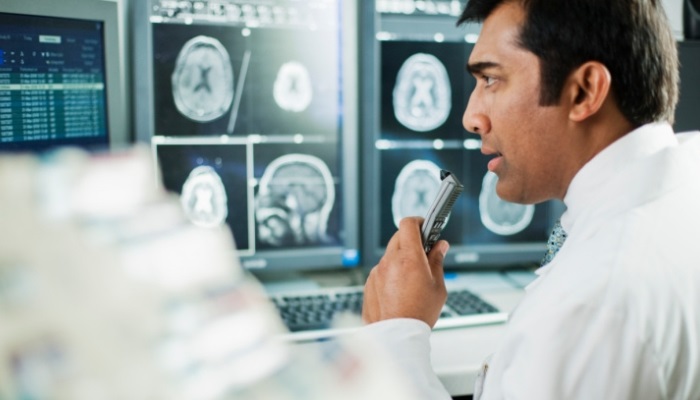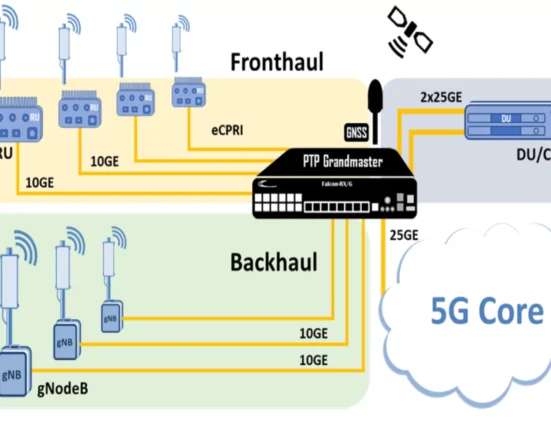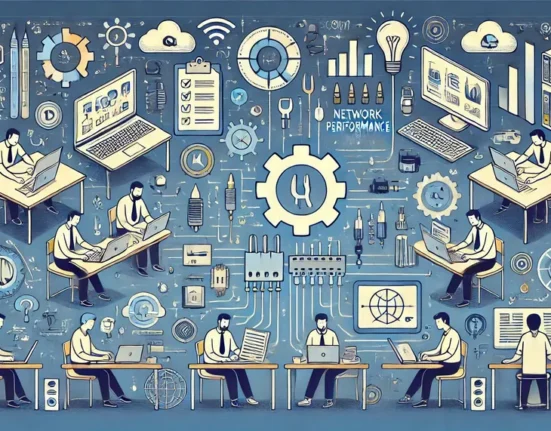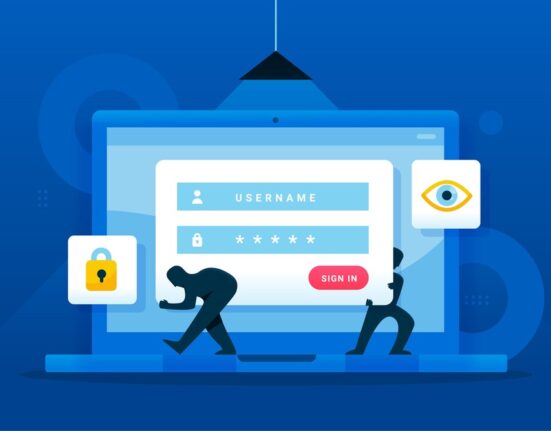The integration of cutting-edge technologies like artificial intelligence (AI) is improving our quality of life and has set us on the path towards a better future.
Particularly, in the area of healthcare, voice recognition technology has emerged as a powerful tool that can transform the industry for better.
Starting from booking appointments, diagnosing diseases to accurate medical documentation, a Voice User Interface (VUI) has proved to be an ideal combination of advanced technology, medical knowledge/terminologies, and vocabulary.
The healthcare industry is increasingly taking advantage of medical voice recognition software to run both front-end and back-end medical operations seamlessly.
Blending artificial intelligence with deep learning, machine learning, and the vast language repository have made it possible for voice recognition technology to recognize different accents and ways of speaking.
Some Insights into Voice Recognition Technology & How it Works
A voice recognition program can interpret, receive, and perform voice commands or dictations quite effectively. Besides, the technology enables humans to interact for performing crucial healthcare tasks.
A report by Edison Research and NPR shows that nearly 53 million people in the US use a smart speaker. In addition, Gartner has predicted that as much as 30 percent of web browsing will likely happen via voice by 2030.
This is why leading healthcare technology companies across the world are tapping the potential of voice or speech recognition technology by making smart and advanced apps.
How does voice recognition technology work?
Here are the steps of how a voice recognition technology functions:
- First, voice designers work on a given problem statement to build the texture and rhythm of different conversations.
- The process focuses on the workflow and achieving the ultimate goal. After obtaining the required content from trusted content providers, designers integrate it to transform it into clinical-grade content.
- A voice designer drafts scripts containing dialogues, possible responses from the patients, and the content for calls.
- Developers build the codes, and a voice artist records the responses.
- In the last step, voice designers include appropriate tones, along with the required modulations.
It is feasible to use voice recognition technology for various purposes. For example, a smart medical voice recognition software can help to make clinical notes, update the digital medical database, and work silently in the background. It enables healthcare professionals to focus more on the patients’ treatment than documentation.
Types of Voice Recognition Software
There are two types of voice recognition software that industries can use as stand-alone or together on mobile or web applications.
Front-end Voice Recognition Software
Front-end voice recognition software converts speeches into texts in real-time. This type of voice recognition technology can take over medical transcription work. However, this type of software often delivers results with marginal errors, and healthcare professionals need to correct transcription errors right after the input.
In the course of time, front-end voice recognition software figures out various speech patterns and avoid committing similar errors. In the current scenario, a front-end voice recognition application is more suitable for taking personal notes where errors are not as critical as in EHR records or medical reports with medical terminologies.
Back-end Voice Recognition Software
Back-end voice recognition applications help recording speeches into a digital form and translate them into text. Subsequently, the application generates a draft document with voice record for proofreading by a medical transcriptionist or a doctor.
This type of technology is popular among healthcare organizations because a person edits the generated texts, which makes them more reliable for creating healthcare documents and EHR records.
The Problems a Medical Voice Recognition Program Can Resolve
The main objective of using medical voice recognition software in the healthcare industry is to solve the prevalent issues.
- Improves Healthcare Plans
Statistics show that non-compliance with healthcare plans for chronic conditions is prevalent in nearly 50 percent of total patients. It results in a loss of between 100 and 290 billion dollars to the healthcare industry.
The voice recognition technology can monitor a patient for the crucial first 24 hours to ensure compliance with the medical plan as the doctor prescribed.
Subsequently, a virtual healthcare assistant will take care of the concerns such as “Did the patient take the medication?” “Will they continue with the treatment?” or “Is the patient experiencing any side effects of the medicines?”
- Digitization of Medical Documentation
Doctors often spend hours every week manually documenting patient records in EHR. Overwhelming paperwork leads to fatigue and burnout.
Voice recognition technologies, integrated with smart listening devices in medical examination rooms can easily resolve this issue. AI-powered voice apps can make medical notes in a few minutes by transcribing data received through dictation.
- Higher Productivity
A report by the US National Library of Medicine National Institutes of Health shows that the time spent on medical documentation ranges from 34 to 37 percent in the primary, secondary, and tertiary healthcare settings using paper-based or HER records.
Advanced medical voice recognition software can improve the efficiency of documentation through faster productivity and accuracy. Doctors or other healthcare professionals have to spend hours on documentation, and can instead focus on patient care.
- Accurate Diagnosis of Diseases
The feature to analyze the quality of speech and tone equips voice technology with the unique ability to detect degenerative diseases such as Alzheimer’s disease, Parkinson’s disease, mental disorder, and more. Also, the AI-powered virtual healthcare assistants are fast, accurate, and efficient in diagnosing such diseases.
- Ensure Patient Satisfaction
The patient satisfaction index directly co-relates to the financial performance of hospitals and clinics. A report by Deloitte shows that hospitals and medical institutions that have five-star ratings generate $444 more revenue per patient. Outpatient facilities that struggle to keep up with patient satisfaction index, can improve their performance by implementing voice technology for operational efficiency.
Why AI and Cloud-based Speech Recognition Solution is the Future?
Voice technologies that come equipped with artificial intelligence (AI) have taken medical speech recognition solutions to the next level.
For example, an AI and cloud-based medical voice recognition software like Augnito enables doctors or other healthcare professionals to dictate and complete reports instead of typing, and save hours.
Augnito has a vast repository of medical terminologies and can produce texts in any editor, including MS Word or PACS/EMR/HIS. This app is particularly useful for generating radiology reports with 99 percent accuracy that helps proper diagnosis.
Before We Go
Enhanced and improved voice or speech recognition solutions can completely overhaul the traditional process of medical documentation. AI-powered voice apps with medical proficiency are set to dominate the market in the future.
You can request a demo by filling out this online form. Also, feel free to give us a call at 1800-121-5166, and we will be glad to assist you.






